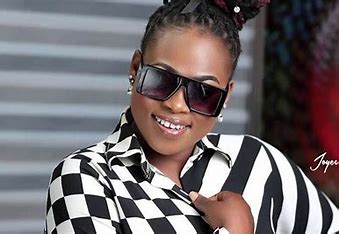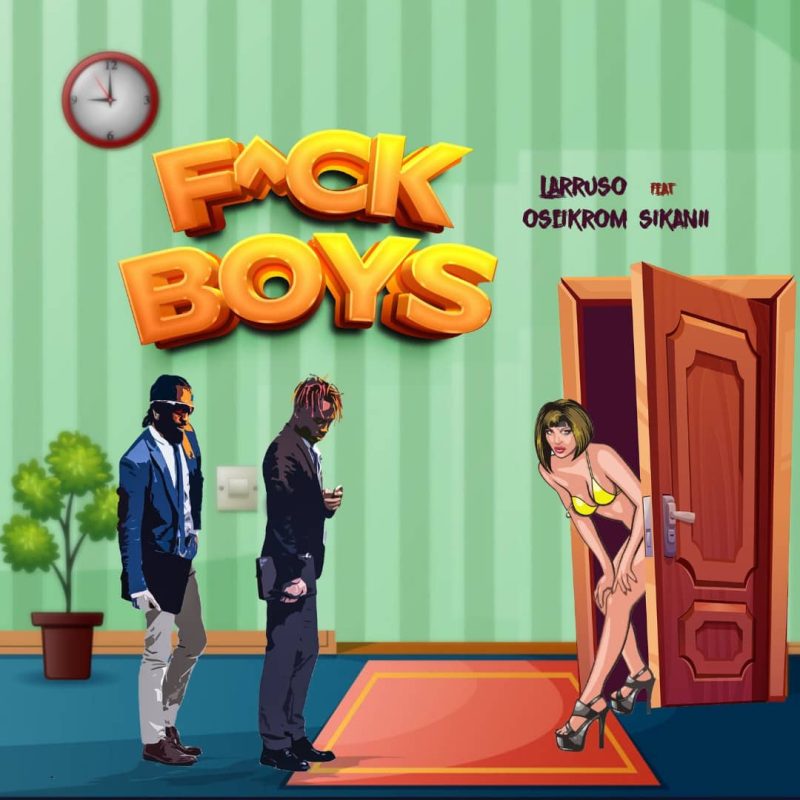The duo behind The Chemical Brothers’ colossal stage visuals
Written by ABR on 26/04/2023
“It’s basically a big art experiment that’s just kept going and growing,” says Marcus Lyall, detailing the unique world that he and his co-show director, Adam Smith, have developed for The Chemical Brothers over the past three decades. “And that’s quite nice.” Featuring mammoth-sized robots, marching bands and an array of what are essentially monsters, the electronic duo’s current live show is a dizzying performance piece that nourishes the senses. Making their first appearance since dropping “No Reason” in March — the first bit of new music we’ve heard since 2021’s “The Darkness That You Fear” — their appearances at Coachella and Estéreo Picnic in Colombia kick off a festival and arena tour ahead of the release of their tenth studio album, due in the autumn.
![TCB Live 2 [Ray Baseley].jpg](https://video-images.vice.com/_uncategorized/1682503857950-tcb-live-2-ray-baseley.jpeg)
While steadfast fans will be au fait with the story of Ed Simons and Tom Rowlands meeting — The University of Manchester circa 1989 — Marcus and Adam became friends in their teens, first collaborating around the time The Chemical Brothers were going as The Dust Brothers. “We were putting on parties and would have really basic visuals, stuff like my dad’s slide collection,” Marcus says. “From that, we started a collective called Vegetable Vision and did visuals for raves, clubs and certain bands,” adds Adam. Immersed in the same night scene as Ed and Tom, the four soon struck up a friendship, and collaboration quickly followed. “There was never a plan to do a live show,” Adam says. “Someone said, ‘you should do a live show’ — they only had one single — and they were like, ‘Well, if we’re gonna do a live set, we need some visuals.’ That first set was 20 minutes long with two slide projectors; now it’s a 23-metre-wide LED screen and hundreds of lights. So we’ve kind of grown with them.”
![TCB Live 6 [Ray Baseley].jpg](https://video-images.vice.com/_uncategorized/1682503915179-tcb-live-6-ray-baseley.jpeg)
While Marcus’s practice is rooted in art and graphic design, Adam is a director with credits on Skins and Dr Who (he was also responsible for the band’s 2012 concert film, Don’t Think). As Smith & Lyall for the Chemical Brothers, the pair tap into an elaborate type of animation and collaborate with dancers and actors (Adam’s dad, the choreographer Akram Khan and Marvel’s Benedict Wong have all been involved at one point or another). “It’s been this kind of creative incubator which has allowed us to make this world that I don’t think would have been able to flourish or exist in any other context,” Adam says. “Because it’s been such a long relationship [with Ed and Tom], there’s a creative freedom — a trust and a belief. That’s the great joy.”
![TCB Live 5 [Ray Baseley].jpg](https://video-images.vice.com/_uncategorized/1682503971473-tcb-live-5-ray-baseley.jpeg)
Moulding the live show is an ongoing process, and its current iteration is the product of much experimentation, Marcus says. “It’s always an evolution, and we’ve built it quite slowly over quite a few years,” he explains. “What they’ve graciously allowed us to do is create… basically characters that can bring the songs to life.” The addition of “No Reason” to the Coachella set instigated new research, and the pair found themselves encouraged by the track’s military-led drum roll. “We spent ages looking at different types of military bands and got particularly into some in America, where it’s quite free, and there’s a crossover with street dancing,” Adam says. “At Coachella, you’ve got all this other visual noise, so you’ve got to really punch through.” They looked to the choreography of Toni Basil — who co-directed Talking Heads’ “Once in a Lifetime” video — and late Korean video artist Nam June Paik. “A lot of the look came from trying to create a flat video effect, rather than something cinematic,” Marcus says.
![TCB Live 1 [Ray Baseley].jpg](https://video-images.vice.com/_uncategorized/1682504027191-tcb-live-1-ray-baseley.jpeg)
Three decades in, the relationship between the two camps runs deep, and in addition to creating the visuals and making one of the standout concert films of the last 20 years, Adam has previously stepped up to tour in place of Ed (“The best summer job I’ve ever had,” remarks the director). Moreover, the importance of the visuals has grown in tandem with the scale of the screens, and Marcus and Adam are aware, too, of their wider influence on the band’s fans. “There’s a load of people that have had the visuals tattooed, people with the robots, the clown and the king on their bodies. The actors that play these parts are really freaked out, but I guess it says that the imagery resonates,” Adam says. “Highest form of compliment,” Marcus adds.
Credits
Photography Ray Baseley



 ABR Group
ABR Group